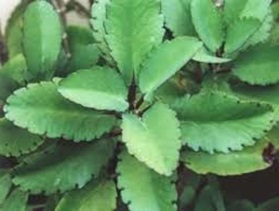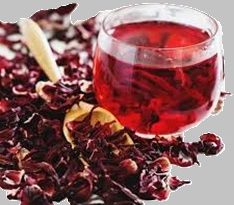Patharchatta Plant Benefits & Medicinal Uses of Leaves
Patharchatta Plant Benefits & Medicinal Uses of Leaves
The Patharchatta Plant (Bryophyllum pinnatum): Benefits, Uses, and Cautions. The Patharchatta plant, also known as Bryophyllum pinnatum or Kalanchoe pinnata, is a remarkable medicinal herb renowned in traditional medicine for its wide-ranging health benefits.

Its potent properties have made it a staple in Ayurveda and other healing systems worldwide.
Patharchatta Plant: Where Is Patharchatta Found?
Patharchatta thrives in tropical and subtropical regions, including Asia, New Zealand, Australia, the West Indies, and Hawaii (where it’s considered invasive).
It is widely known in the Philippines as katakatoka or “astonishing.”
Nutritional Composition
Patharchatta is rich in bioactive compounds like alkaloids, flavonoids, glycosides, triterpenes, and essential minerals, making it a powerhouse of nutrition.
- Carbohydrates: 72.92%
- Fiber: 6.02%
- Proteins: 5.38%
- Calcium: 4.99%
- Potassium: 3.49%
- Iron, Copper, Zinc, and others: Trace amounts
Medicinal Properties of Patharchatta
Research highlights the plant’s significant health properties, including:
- Anti-inflammatory: reduces swelling and pain.
- Antibacterial and antifungal: fights infections.
- Antioxidant: Protects cells from damage.
- Hypoglycemic: Helps regulate blood sugar levels.
- Anti-ulcer: prevents stomach ulcers.
- Kidney Protective: supports kidney health.
- Immunity Booster: strengthens the immune system.
Top 10 Uses of Patharchatta
- Pain Relief: Reduces discomfort from injuries and chronic conditions.
- Skin Infections: Heals wounds and treats infections with its antimicrobial properties.
- Fever Management: Lowers body temperature with leaf juice or decoctions.
- Diabetes: Helps manage blood sugar levels.
- Liver Support: Detoxifies and improves liver function.
- Respiratory Relief: Eases coughs, asthma, and colds.
- Digestive Aid: Alleviates gut issues and enhances digestion.
- Wound Healing: Speeds up the healing process of cuts and bruises.
- Hypertension: Helps lower blood pressure with leaf extracts.
- Anti-cancer Potential: May reduce cancer cell mutations.
How to Use Patharchatta Leaves
- For kidney stones: drink 40-50 ml of whole plant decoction twice daily. Combine with shilajit and honey for enhanced benefits.
- Bleeding diarrhea: Mix 3-6 gm fresh leaf juice with cumin seeds and ghee. Consume thrice daily.
- Urinary Disorders: Take 5 ml of leaf juice or 40-60 ml of decoction with honey twice daily.
- Headache: Apply crushed fresh leaves on the forehead for quick relief.
- Wounds and Boils: Use a poultice of heated leaves to reduce swelling and redness.
- Chest Cold: Consume juice from 3-4 leaves with a pinch of salt three times daily.
- Hypertension: Eat extracts from 2-5 fresh leaves to manage blood pressure.
- Diuretic Action: Drink 40-60 ml decoction in the morning and evening to relieve excessive thirst or urinary issues.
- Ulcers or Sprains: Apply crushed leaves directly to the affected area twice daily.
- Vaginal Disorders: Take 40-60 ml of decoction with honey twice a day.
Storage and Side Effects
You can store Patharchatta in a cool, dry place and refrigerate fresh leaves or decoctions for better shelf life. Always use Patharchatta under medical supervision. Overuse or incorrect application may lead to adverse effects.
By incorporating Patharchatta into your wellness routine responsibly, you can unlock its vast healing potential while ensuring safe usage.


